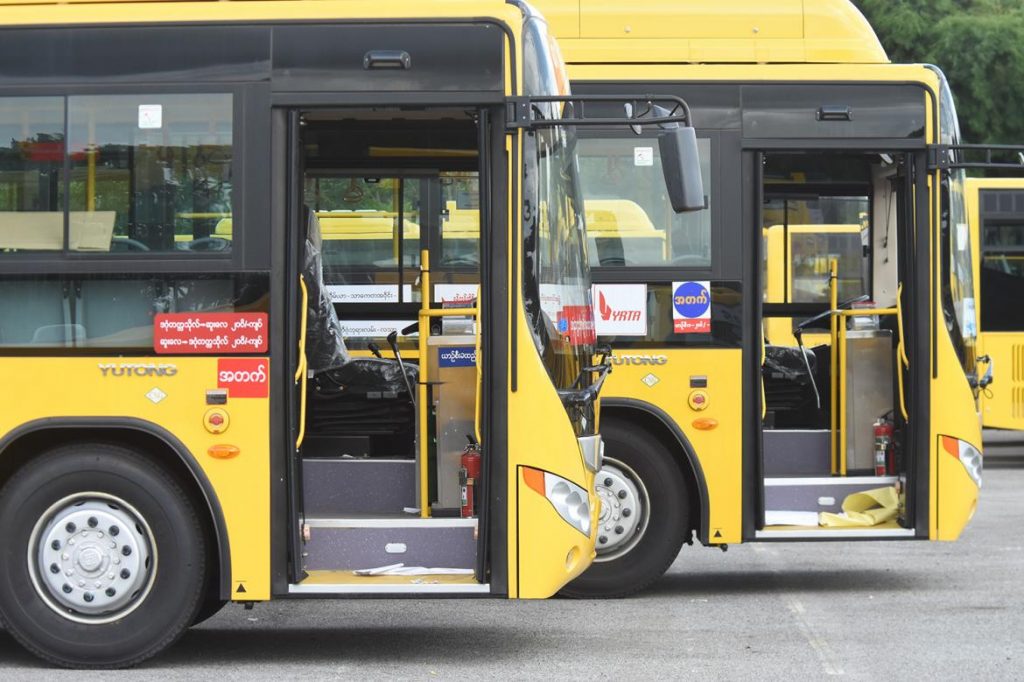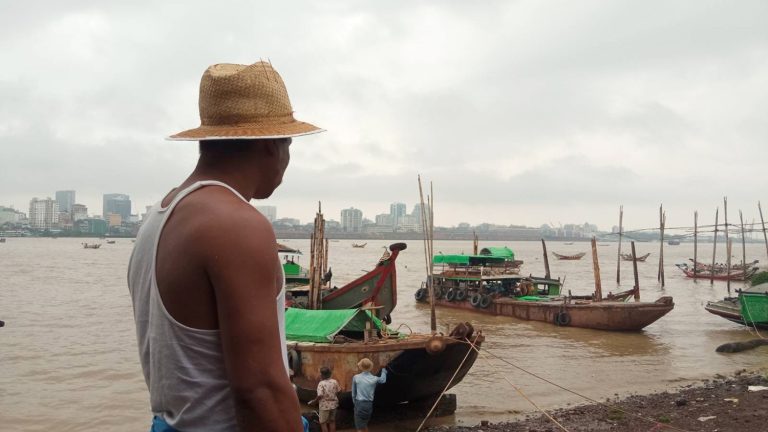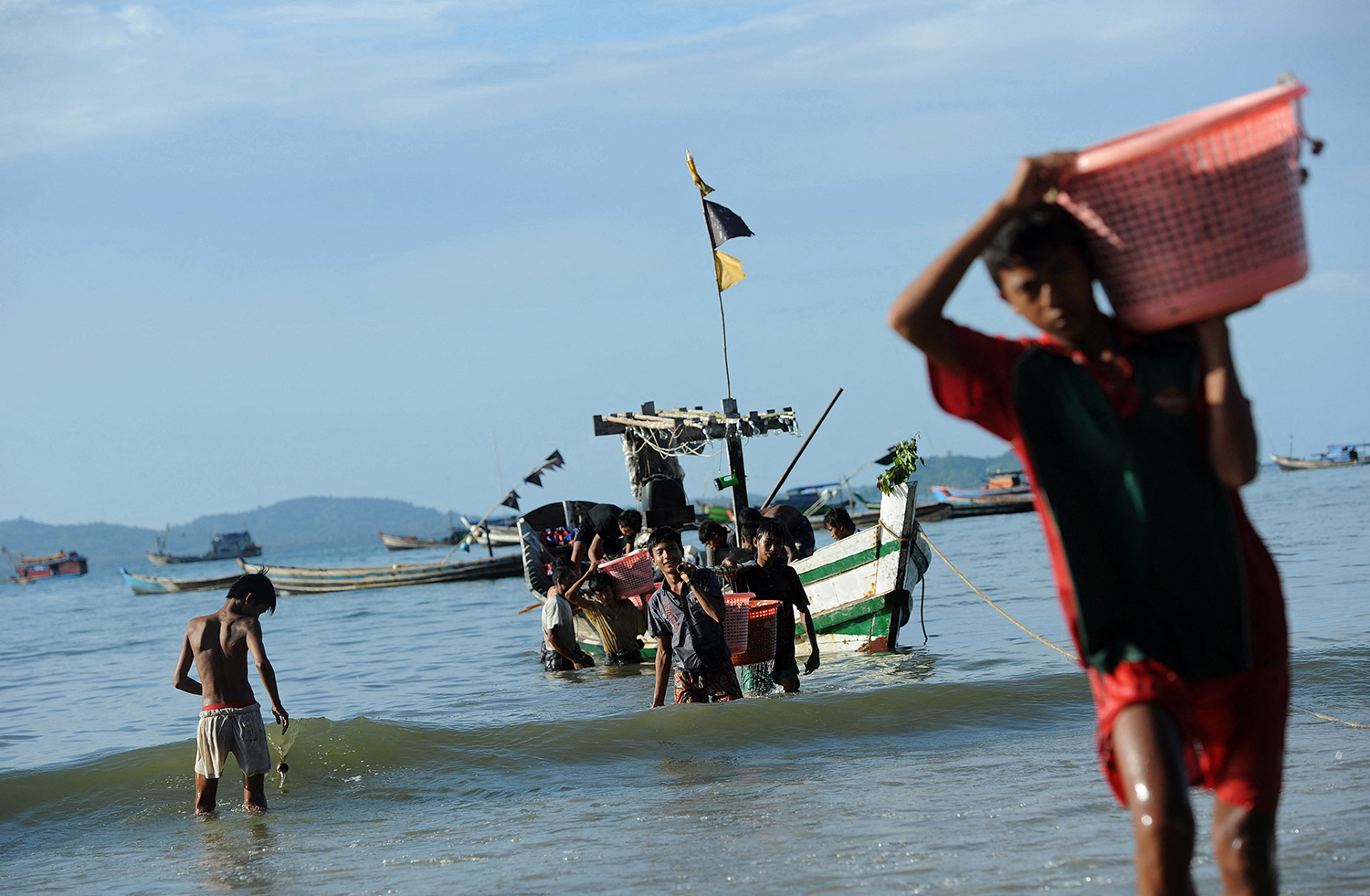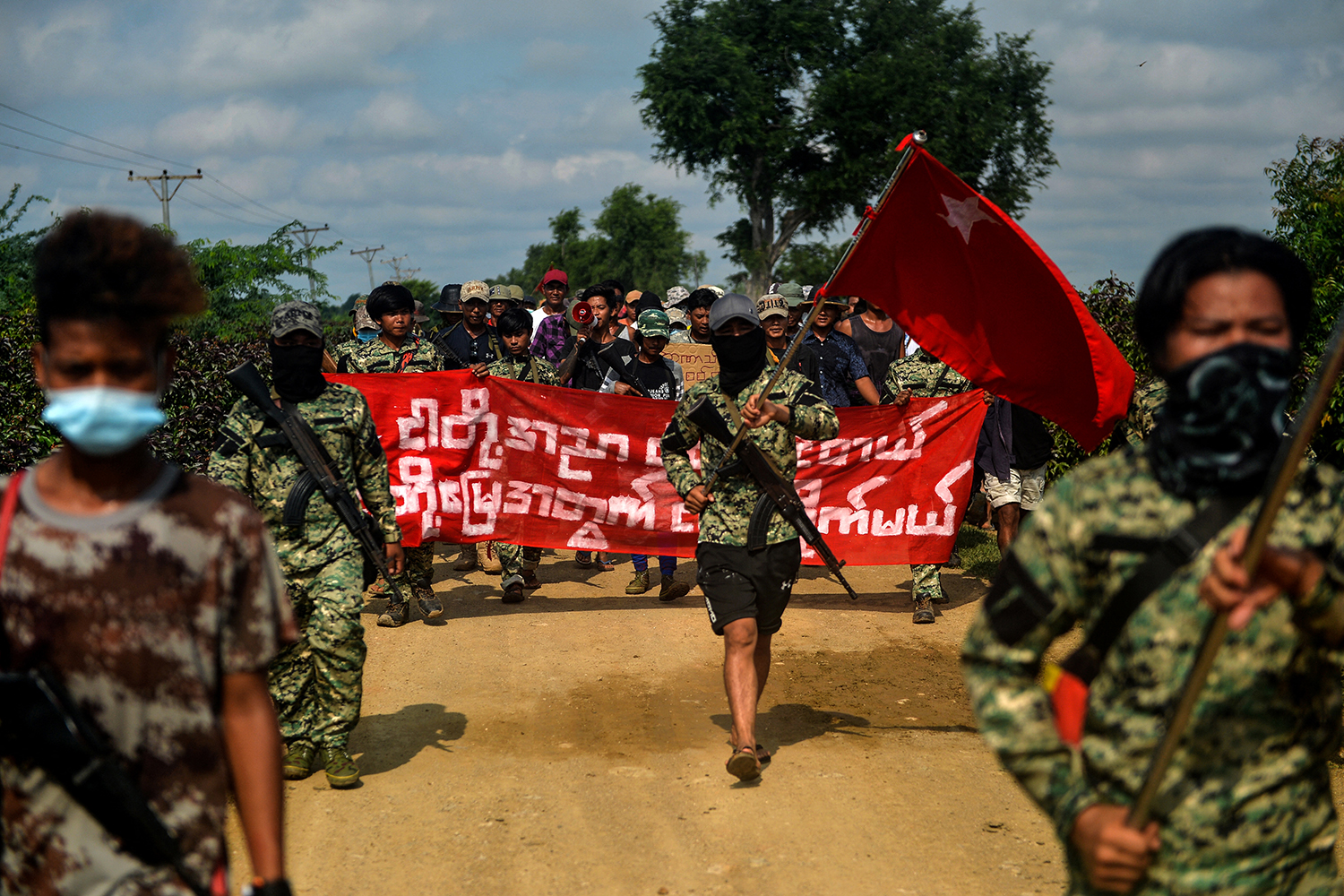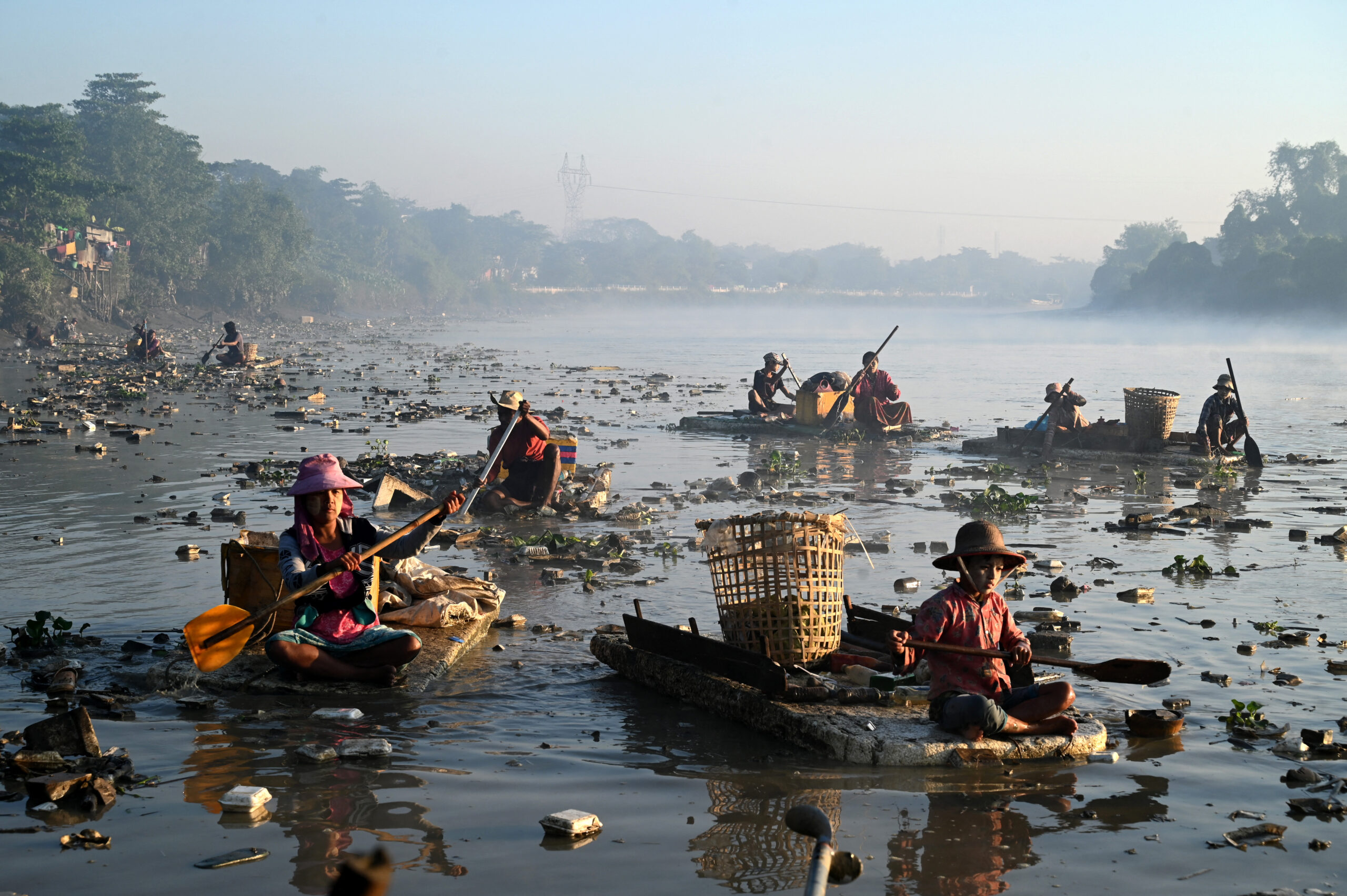Since its chaotic launch last January the Yangon Bus Service has slowly showed signs of improvement, but commuters still face a range of challenges getting around the city.
By HEIN KO SOE | FRONTIER
REMEMBER pyithu seit pyet YBS? The play on the official Yangon Bus Service slogan that declared YBS the “peoples’ disappointment” was symptomatic of the problems it faced in its first few months.
YBS no longer arouses such strong emotions. There have undoubtedly been some improvements, but there are also still plenty of frustrations, and many would dispute the claim of Yangon Region Transport Authority secretary Dr Maung Aung that YBS had been “70 percent successful”.
One year after Yangon Region Chief Minister U Phyo Min Thein launched the ambitious bus system reform, on January 16, 2017, Frontier examines the key developments and challenges on the public transport network.
Hello big business, goodbye small operators
The biggest shift has been economic. Prior to YBS, most buses were owned by individuals and small companies – some had just a single vehicle. This had a number of drawbacks: for one, it made it difficult to deliver a uniform level of service.
Support more independent journalism like this. Sign up to be a Frontier member.
These small operators were supposed to consolidate into larger companies on YBS. In practice, most have not; more than one third of buses are still run by individual owners. Several factors have hampered their integration. Most of the individual buses are old so the large companies don’t want to add them to their fleets. Many individual owners are also yet to repay loans they took out to buy their vehicles under former governments, and lack the money needed to invest in new vehicles. These owners also have close relationships with their drivers and conductors, and don’t want them to lose their jobs.
Still, the trend is towards consolidation. YBS recently announced that Ayeyarwady Bank had “invested” in 500 buses under the Golden City Transportation Company. Another private company, Omni Focus – owned by the family of former dictator Ne Win – has also bought 500 buses. The Yangon Region government has also put about K70 billion into Yangon Urban Public Transportation and Yangon Bus Public Company – funds that were used to purchase 1,000 buses from a Chinese company.
Maung Aung told Frontier that YRTA will offer “compensation” to the individual bus owners in exchange for their vehicles. These will then be refurbished and added to the larger private bus lines.
The bus shortage
Despite the investment, there are still fewer buses on YBS than its predecessor, Ma Hta Tha. Formally known as the Supervisory Committee for Motor Vehicles, Ma Hta Tha boasted more than 4,000 buses, but many were in poor condition and when YBS launched they were immediately removed from the network.
This was the reason for some of the chaos in the early days of YBS. But the city’s two million bus commuters are still relying on around 3,100 buses, and clearly it’s not enough. At rush hour, bus stops are overflowing with passengers. “There isn’t even a bus every five minutes. It’s impossible to get one at rush hour. They need to make sure they have more services in the morning and evenings,” said Ko Khant Htet Aung, who commutes daily from Insein to downtown.
Spare change, payment problems
New buses are popular for two reasons: they are more comfortable (duh) but also tend not to have conductors, who are mostly found on the vehicles run by small operators. While conductors should (in theory) ensure better customer service, they had a reputation for rude – even violent – behaviour and for overcharging passengers. They were probably the most despised feature of the bus system, although in their own way they were pantomime villains, taking the blame for the failings of Ma Hta Tha and the owners.
With small operators gradually being replaced by the larger companies, conductors are also slowly on the way out. Instead, commuters put their fare in a box beside the driver. But this creates a new problem. What if you don’t have the right change? Fares range from K100 to K300, with K200 the most common. As a result, K100 and K200 notes are in constant short supply.
The longer-term solution is electronic payments. Last August, the government announced a tender for the provision of a cashless payment system for the city’s buses, trains and water taxis. After receiving 21 proposals, the Yangon Region government tender board on January 10 announced that Taiwan’s Acer, in partnership with local firm Excel KC Myanmar, had been selected for its Yangon Payment Service proposal. It’s unclear when the card-based system will go live.
Late-night blues
One major failing of YBS is the lack of buses at night. After 8pm, it’s almost impossible to get around the city by public transport. When Ma Hta Tha was running the show, buses would run until 10pm or 11pm. Drivers and conductors typically kept a proportion of the day’s takings, so there was an incentive to keep on driving if there were passengers on the roads.
Not any more. One of the new rules introduced by YRTA is that drivers can go home after completing their route four times. By 8pm, most have finished their fourth loop and there’s no incentive to keep going, because they are paid a wage.
YRTA and the bus lines have shown no interest in solving this problem. Commuters are left with more expensive taxis, or mini buses and pickups that take passengers illegally and typically charge K500 a trip.


